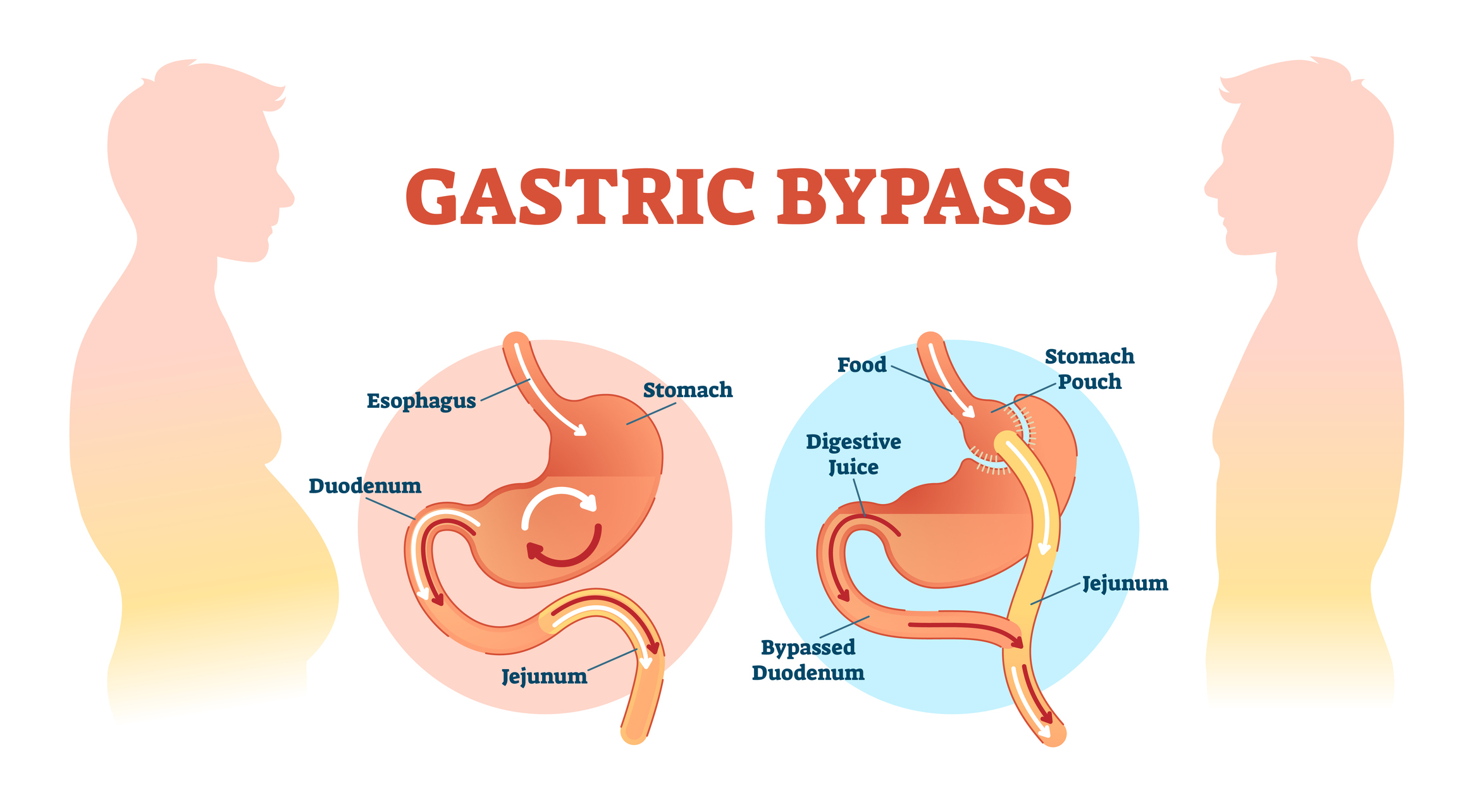The Ultimate Guide to Comparing Surgical and Non-Surgical Weight-Loss Options

Photo Credit: Getty Images
Losing weight may not be easy, but there are many options available to help with the journey. People often start the weight-loss process by trying a commercial diet, like those you see on TV. But when losing weight on your own doesn’t work, weight-loss surgery or non-surgical medical procedures can help.
Weight-loss surgery can have life-altering, even lifesaving, effects. If you are 100 pounds overweight—the equivalent of a body mass index, or BMI, of 40—weight-loss procedures can result in significant weight-loss.
“Having weight-loss surgery isn’t a cosmetic issue,” says Daniel Jones, MD, Chief of Minimally Invasive Surgical Services and Director of the Bariatric Program at Beth Israel Deaconess Medical Center (BIDMC). “Surgery can completely resolve obesity-related health conditions, like cardiovascular disease, sleep apnea, high blood pressure, and Type 2 diabetes. It can also lessen the risk of certain types of cancer, including those of the colon, uterus and breast.”

Photo Credit: Getty Images
If you have less weight to lose and don’t qualify for weight loss surgery, innovative bariatric endoscopic procedures might be right for you. These non-surgical procedures, performed by gastroenterologists, use an endoscope—a flexible tube with a small light and camera attached to it. The endoscope is passed through the mouth and throat and into the intestines.
“The field of bariatric endoscopy is rapidly evolving and helping to transform how we care for patients,” says Jonah Cohen, MD, Director of Bariatric Endoscopy at BIDMC. “The procedures that we can offer patients, like the intragastric balloon and endoscopic sleeve gastroplasty, help patients to lose 15-20% of their body weight.”
Additionally, similar to patients who have weight-loss surgery, these patients can see an improvement in weight-related conditions like sleep apnea and type 2 diabetes. Bariatric endoscopic procedures are done as an outpatient procedure, meaning patients typically do not have to stay overnight in the hospital.
Types of Weight Loss Surgery

Photo Credit: Getty Images
Gastric sleeve
Gastric sleeve, or sleeve gastrectomy, has become a popular choice for more and more patients. For this reason, BIDMC performs a high volume of gastric sleeve procedures.
Using a laparoscope, the surgeon removes approximately 60% of the stomach, so you feel full after eating a small meal. “You can think of it as your stomach decreasing from the size of a cantaloupe to the size of a banana,” said Jones. “This procedure also helps decrease the hunger signals that go the brain.”
Read Michael Colizzi’s success story of 123-pound weight-loss with the gastric sleeve.

Photo Credit: Getty Images
Gastric bypass
During gastric bypass, the stomach is essentially divided, creating a small pouch that can hold the equivalent of a small meal. Next, the surgeon attaches a Y-shaped section of the small intestine to the pouch. That creates a bypass for food, as it skips part of your digestive system. “As a result, you can’t eat as much as you used to and your body doesn’t absorb as many calories,” says Jones.

Photo Credit: Getty Images
Gastric band
With a gastric band, also called LAP-BAND® (short for laparoscopic adjustable gastric band), the surgeon makes a few small incisions in the abdomen. The band is placed around the upper portion of the stomach, limiting the amount of food the patient can eat.
For all three types of weight loss surgery, BIDMC follows a unique approach to recovery after surgery.
“We reduce the need for narcotics by using different types of pain medications and nerve blocks,” says Jones. “This means patients are more awake immediately after the procedure, are in less pain, and often get to go home the next day. We are using the latest science to make recovery easier.”
To learn more about the Weight Loss Surgery program, watch this video.
Types of Bariatric Endoscopic Procedures
Intragastric balloon
Gastroenterologists fill a saline balloon and place it endoscopically into the stomach to limit the amount of food someone can eat.
Endoscopic sleeve gastroplasty
Endoscopic sleeve gastroplasty (ESG), also known as the “accordion” procedure, reduces the size of your stomach without the need for surgery or incisions. BIDMC was one of the first centers in New England to perform this procedure. During the procedure, the doctor will place multiple sutures in your stomach. The sutures change the structure of your stomach, leaving it shaped like a banana or sleeve. This restricts the amount of food you can eat making you feel full faster and learning portion control.
Learn how ESG transformed Laurie’s life and watch her journey.
The Center for Bariatric Endoscopy also offers a procedure for select patients who have regained weight after gastric bypass surgery.
Cohen recognizes the weight-loss journey is a personal one but is proud of the expertise and capabilities BIDMC can offer patients. “We have an opportunity, here at BIDMC, to offer solutions that can allow people to lose weight they’ve been trying to lose for a long time but have been unable to do so,” he says.
This is a paid partnership between Beth Israel Deaconess Medical Center and Boston Magazine


